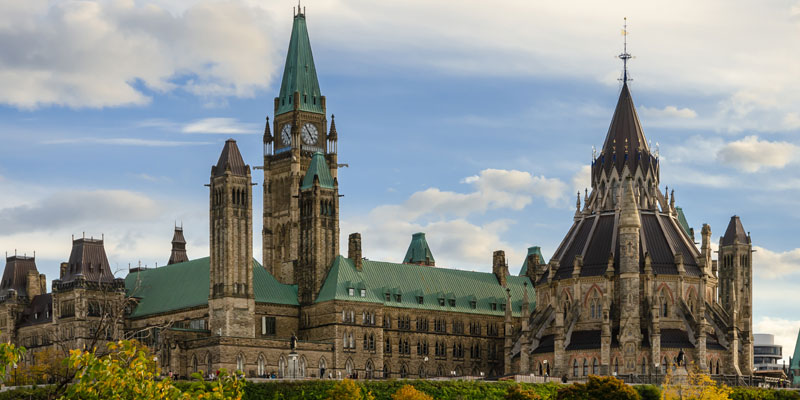COVID-related spending increases threaten future economic growth

The COVID pandemic has sparked increased government spending worldwide including here at home. Many countries have introduced substantial fiscal packages with direct household income supports, loans, guarantees, tax deferrals and other supports along with increased health-related spending. With declining economic activity and tax revenues, governments are financing the spending with more government borrowing and ultimately more debt, which raises the spectre of future inflation and higher taxes.
If current levels of government spending become entrenched, this does not auger well for future global economic growth given that, according to international evidence over the last 150 years, larger government sectors are associated with slower growth rates.
Simply put, while good government promotes growth, poor government or excessively large government can reduce productivity and harm economic growth. Large government harms growth in many ways—by taxing and reducing the return on entrepreneurship and innovation, by discouraging capital investment and creating disincentives to work, by excessive regulation that increases and by fuelling inflation. And remember, unlike in the private sector, government spending decisions are not made in response to market incentives based on the highest return on investment. In reality, they sometimes are made only with short-term political objectives in mind.
Consider this. In Canada, the total government spending-to-GDP ratio at the dawn of Confederation was 4.9 per cent rising to 7 per cent by 1913. It remained under 10 per cent until the Second World War when it rose dramatically due to military spending, reaching 43 per cent by 1945. It then declined to 15 per cent by 1960 before growing again, reaching a peak of more than 50 per cent by 1993. By 2007, total government spending in Canada (again, as a share of GDP) was down to 37 per cent, but by 2018 had risen to 40 per cent and will likely rise further in part due to COVID-related spending. Crucially, since the 1970s, Canada’s government spending-to-GDP ratio has always been larger than the ideal range to maximize economic growth (between 24 per cent and 32 per cent).
Of course, times of crisis generate demands for government spending which, once in place, are difficult to dislodge after the crisis passes. Indeed, as famed economists Peacock and Wiseman argued, the rate of government spending growth is driven by taxpayer perception of tolerable levels of taxation, and this tolerance rises during times of national or social crisis. Thus, the government sector tends to grow instep with crises, leading first to budget deficits and then to increased taxation.
In Ottawa and the provinces, the recent expansion of government spending and deficits during COVID-19 should only be temporary. Policymakers should use these measures to deal with the crisis, not to implement a poorly conceived “transformative” expansion of government’s role in the economy. The entrenchment of new spending that increases the long-run size of government implies higher future tax rates and slower productivity growth, which will reduce future rates of economic growth when growth will be sorely needed.
Author:
Subscribe to the Fraser Institute
Get the latest news from the Fraser Institute on the latest research studies, news and events.

